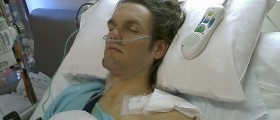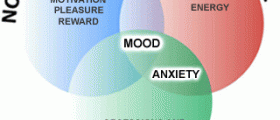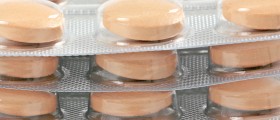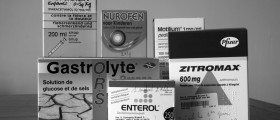
Information on Laughing Gas
Laughing gas is a chemical compound scientifically known asnitrous oxide. It is also sometimes referred to as the happy gas. In 1775 itwas produced for the first time by a certain English chemist known by the nameof Joseph Priestly. It became popular only some twenty years after that, due tothe acts of one Humphrey Davy. Laughing gas does not have a color and it is notinflammable when it is at room temperature. It is characterized by a sweettaste and a pleasant odor and it is very commonly used as a sedative in variousdifferent sorts of dental procedures. It may also be used to increase the poweroutput of the engines in motor racing. Nitrous oxide is also used as a potentoxidizer in rocket motors. It is also commonly used as a food additive becauseit is very efficient in displacing bacteria-inducing oxygen. It is also used asa dissociative drug, for recreational purposes.
Side Effects of Laughing Gas
Some people do not know that laughing gas may also beassociated with certain side effects which are no laughing matter. It is usedas a conscious sedation for several different types of dental procedures as it relaxesthe patient without putting him or her to sleep. Most mild side effects ofnitrous oxide may or may not include lightheadedness, a sense of euphoria, dizzinessand a sensation of warmth. Laughing gas has been used to as an anesthetic foryears and it was always considered to be generally safe. Some studies haveshown that laughing gas may be held responsible for the increased risk of heartattacks after different types of surgeries. It also increases the risk ofpneumonia and surgical wound infection, which is not the case with those casesthat involved the use of nitrogen and oxygen mixture.
Laughing Gas: How Does It Work?
The exact mechanism by which nitrous oxide works is largelyunknown, but it is known that it affects certain parts of the brain which arein charge of emotions and feelings, so that is why it induces relaxationwithout compromising one’s ability to remember or think. It commonly gets mixedwith oxygen and gets administered through a tube which gets connected to acanula. All side effects usually occur within the period of two minutes afterthe actual administration. Its anesthetic properties are commonly short-lived,which is another reason why it is preferred over other sorts of anesthesia.













_f_280x120.jpg)



Your thoughts on this
Loading...